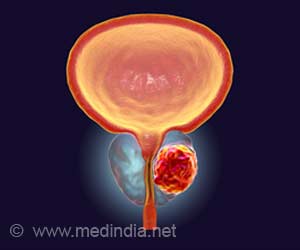The chemical behind cancer resistance was identified by Gorbunova and Seluanov as HMW-HA, which caused them to test its possible role in naked mole rat's cancer resistance.
The chemical behind cancer resistance was identified by Gorbunova and Seluanov as HMW-HA, which caused them to test its possible role in naked mole rat's cancer resistance.
Seluanov and Gorbunova then showed that when HMW-HA was removed, the cells became susceptible to tumors, confirming that the chemical did play a role in making naked mole rats cancer-proof. The Rochester team also identified the gene, named HAS2, responsible for making HMW-HA in the naked mole rat. Surprisingly, the naked mole rat gene was different from HAS2 in all other animals. In addition the naked mole rats were very slow at recycling HMW-HA, which contributed to the accumulation of the chemical in the animals' tissues.
The next step will be to test the effectiveness of HMW-HA in mice. If that test goes well, Seluanov and Gorbunova hope to try the chemical on human cells. "There's indirect evidence that HMW-HA would work in people," said Seluanov. "It's used in anti-wrinkle injections and to relieve pain from arthritis in knee joints, without any adverse effects. Our hope is that it can also induce an anti-cancer response."
Source-Eurekalert















